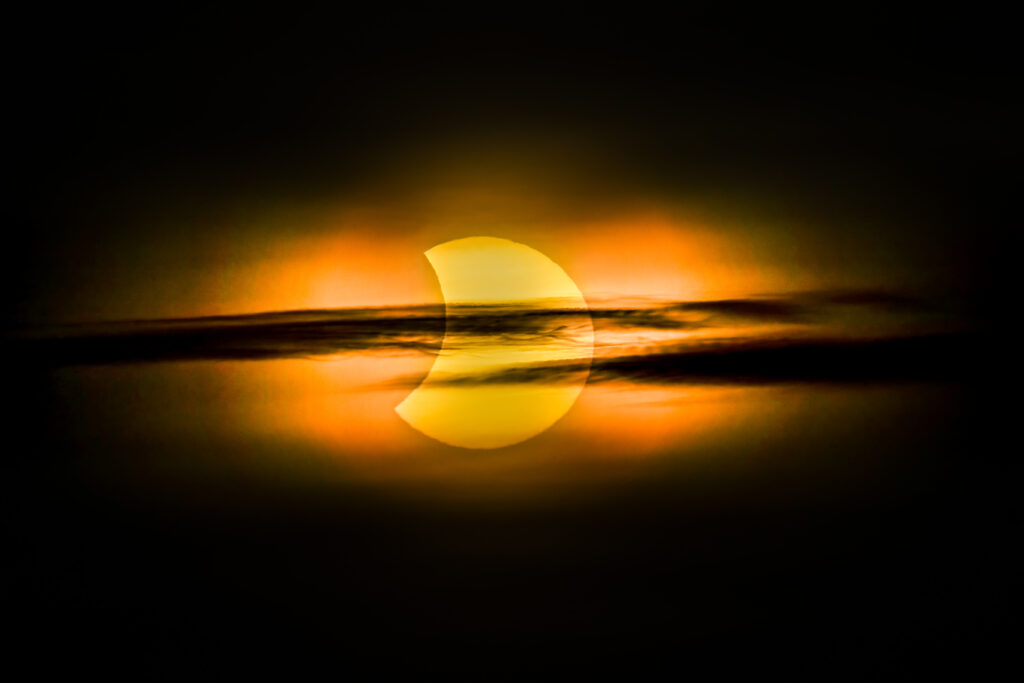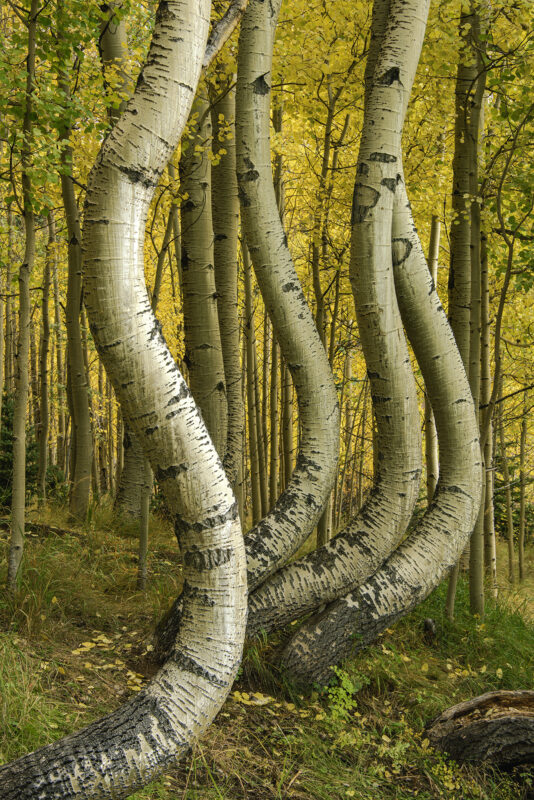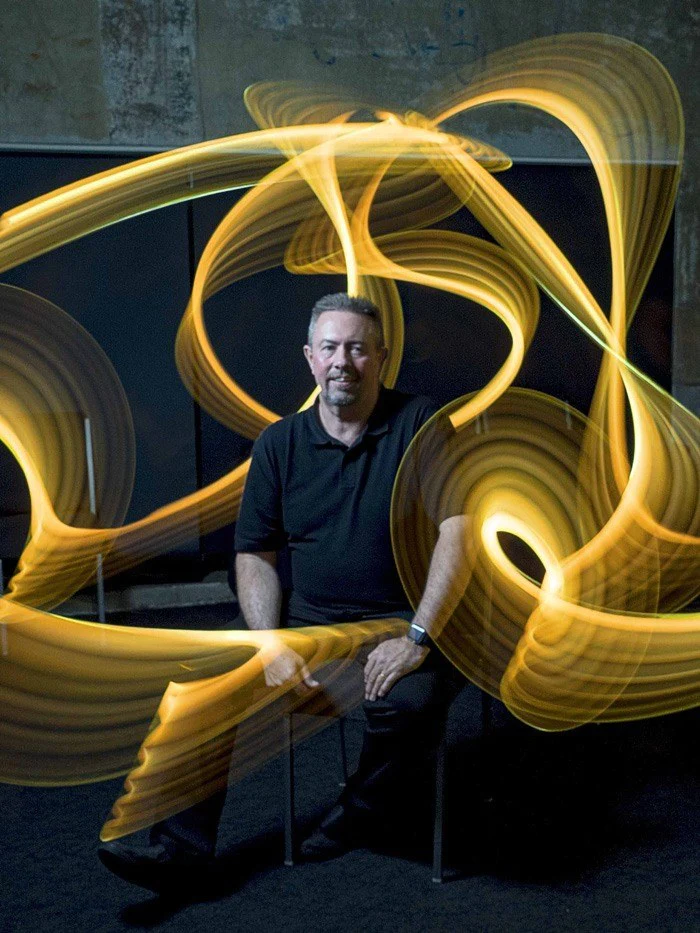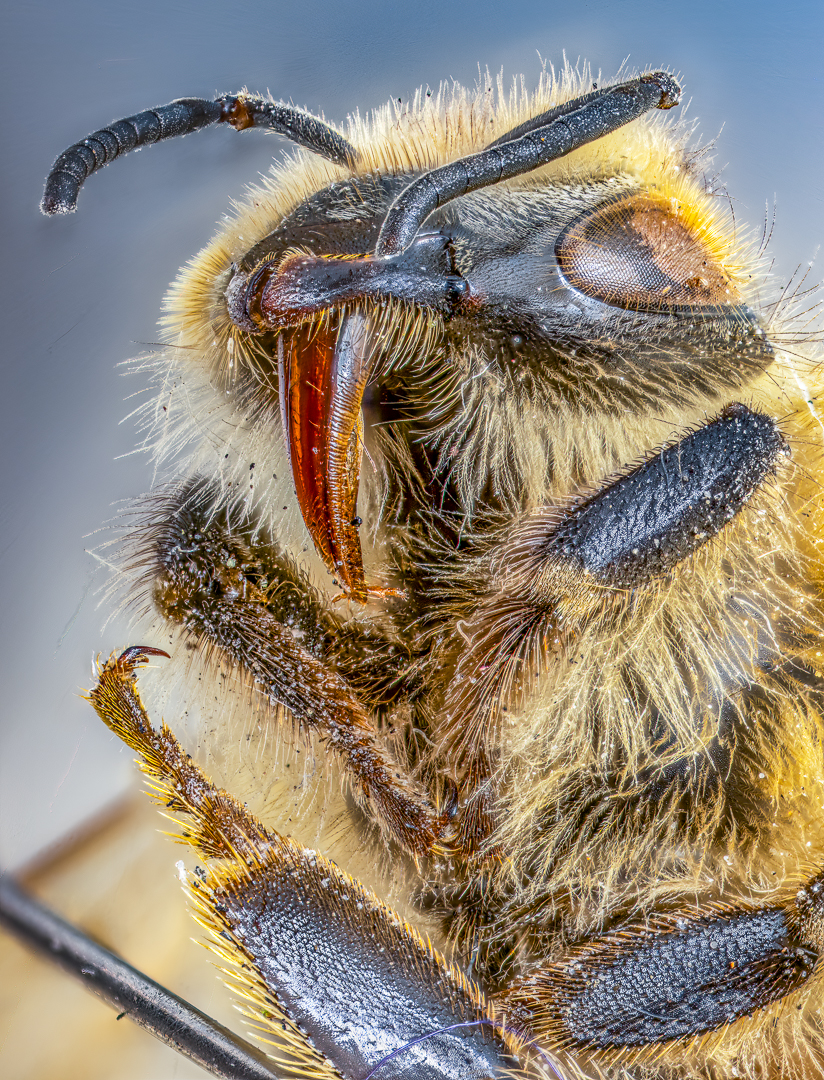When we hear the phrase “Photography Awards“, certain heavyweights pop immediately into our minds. These include the Pulitzer Prize (for either Breaking News Photography or Feature Photography); the Hasselblad Award, which revolves around contemporary photography; and, of course, the highly respected World Press Photo. This has become photojournalism’s most prestigious and coveted award, granting €10,000 to the winner.
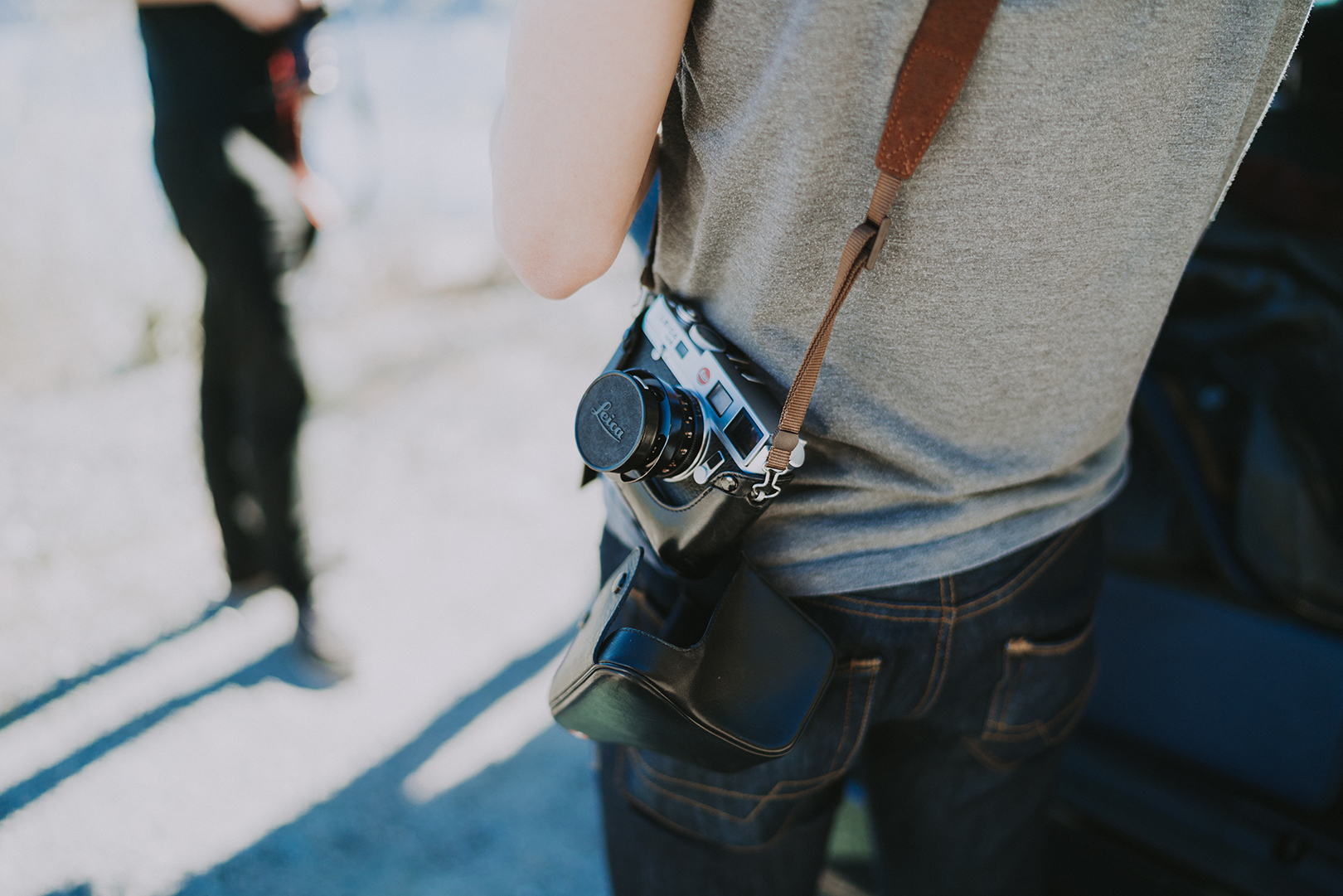
The award is sponsored by the World Press Photo Foundation, an independent non-profit organization based in Amsterdam, Netherlands. A small group of Dutch photographers organized the contest in 1955 with the prime goal of exposing their own work to a broader global audience. The contest became popular and has grown to become the most world’s prestigious photography competition. Just for being nominated, a photographer’s work receives huge potential for worldwide exposure.
The awards ceremony takes place once a year in Amsterdam; this year it will be held in April, and the winner announced on April 12. After the prize-winning photographs are revealed, they are assembled into a traveling exhibition and a yearbook presenting all the prizewinning entries. This will be published afterward, like they've been in the past.
WINNERS AND THEIR IMAGES
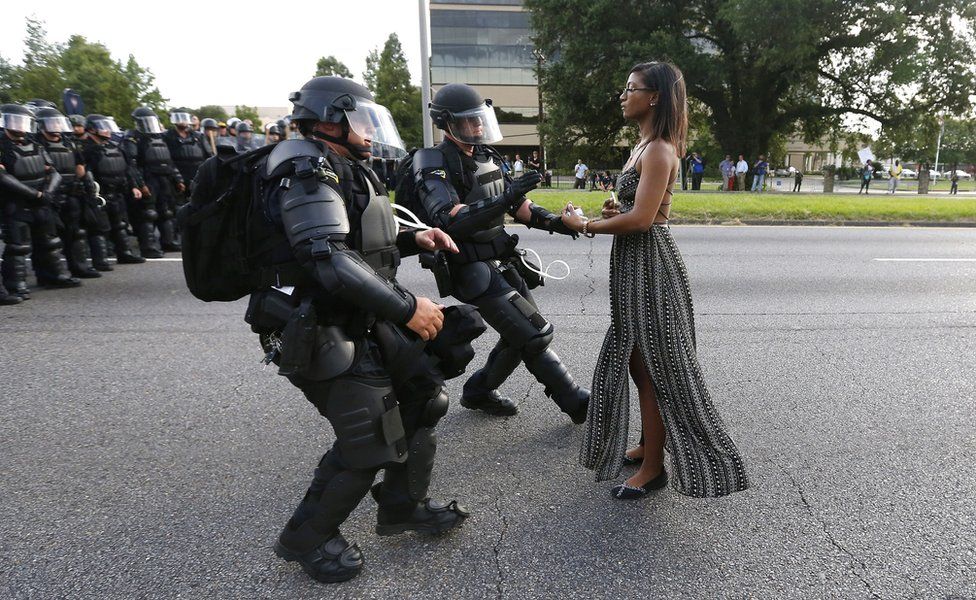
Since its publication, Jonathan Bachman‘s image became a candidate for immortality as one of the most iconic photographs of the twenty-first century. The image shows a tranquil 27-year-old Leisha Evans showing no resistance at all against her arrest outside the Baton Rouge Police Department in Louisiana, USA.
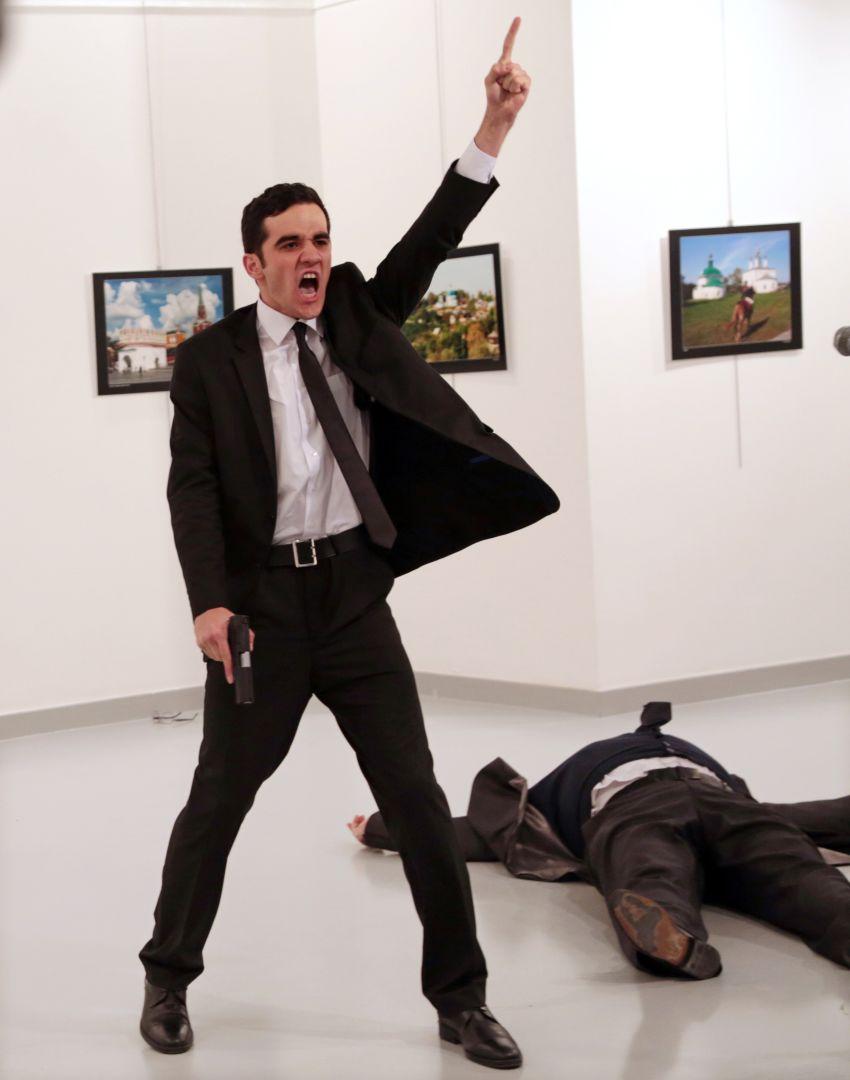
Burhan Ozbilici has worked as a reporter for several newspapers in his native Turkey, and is a full-time photo stringer for the Associated Press. His winning image depicts Mevlüt Mert Altıntaş shouting after shooting Andrey Karlov, the Russian ambassador in Turkey, at an art gallery in Ankara.
- Daily Life
Paula Bronstein is a freelance photographer currently based in Bangkok. Her field of expertise is Asia. She has 30 years of experience in news, and her 2017 image of Najiba, holding the body of her two-year-old nephew killed by a bomb blast, was selected as the Daily Life image of the year.
I still remember the feeling that hit me the first time I saw this image. It is one of the best examples of how photography can portray fear. Belgian photographer Laurent Van der Stockt captured an image of a terrified girl outside a building, possibly her home, while members of the Iraqi Special Operations Forces (ISOF) performed a search.
Long-Term projects is a peculiar category in which work series are evaluated. In 2017, Russian photographer Valery Melnikov was awarded with the WPF Award for his work documenting the atrocities at Donetsk and Luhansk (Ukraine) after the Russian forces entered Crimea in 2014.
- Sports
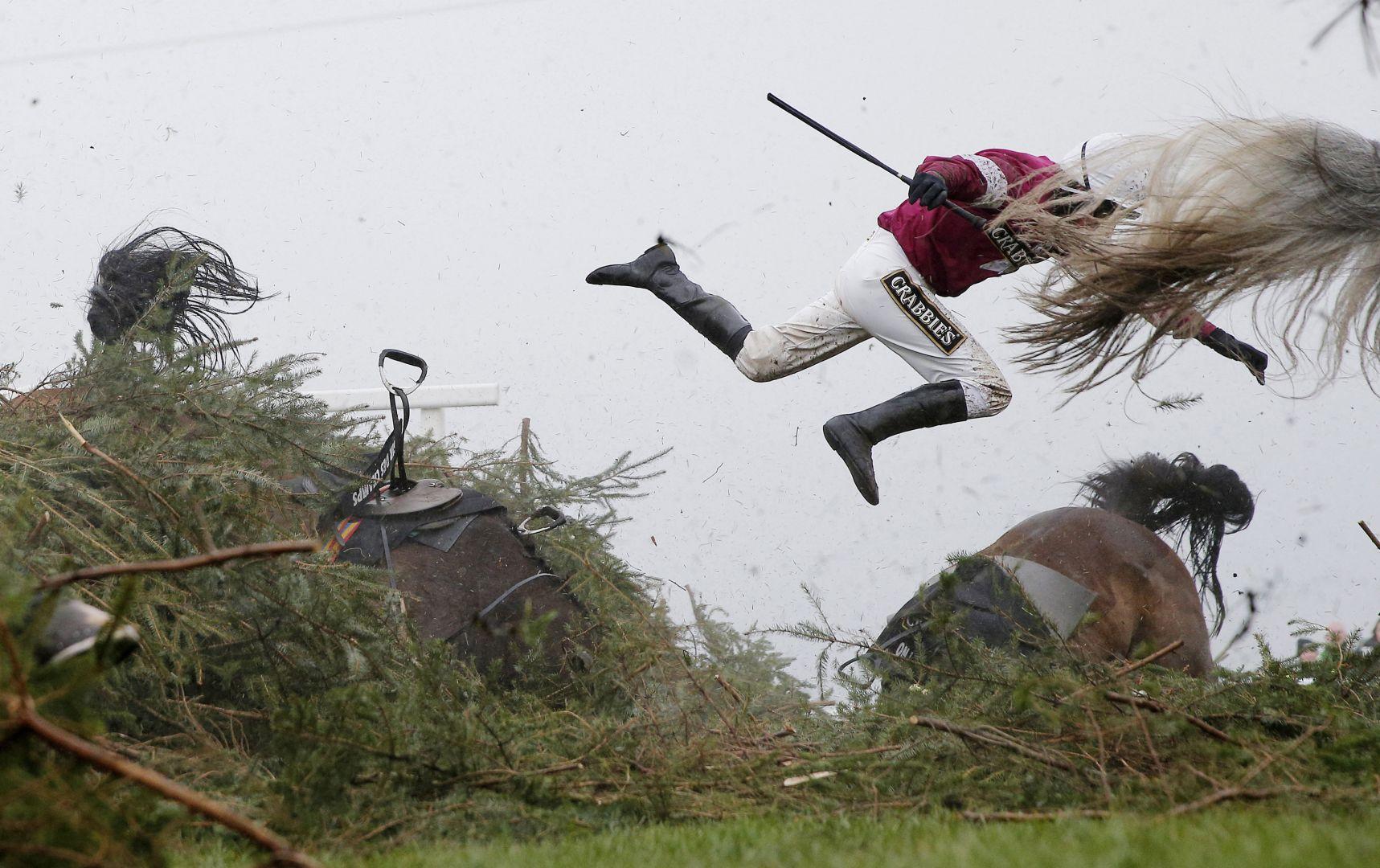
Sports is a synonym for action, dynamism, movement and emotion. British photographer Tom Jenkins froze an absolutely adrenaline-filled moment when Nina Carberry flew off her horse during the Grand National steeplechase, at Aintree Racecourse, Liverpool, UK.
- Spot News
Paqistanian EPA photographer Jamal Taraqai captured a dramatic scene right after a suicide bomber attacked a civil hospital in Quetta, Balochistan, Pakistan. The image shows how other survivors and civilians helped the most-injured people after the attack.
It is a fact that we are destroying our planetary home, and the Nature award has been recognizing photographers who use their cameras to highlight and lend weight to protests about our reckless behavior. Here, Spanish photographer Francis Pérez captured a loggerhead sea turtle entangled in some sort of fishing net in the northeast Atlantic Ocean.
- People
A striking, compelling photograph of a 5-year-old child being comforted by her mother in the Debaga refugee camp in northeastern Iraq took first prize in the People award category. The image was taken by Swedish photographer Magnus Wennan during his coverage of the seizure of Hawija under ISIS. The image is entitled “What ISIS left behind”.
The Importance of High-Quality Photojournalism
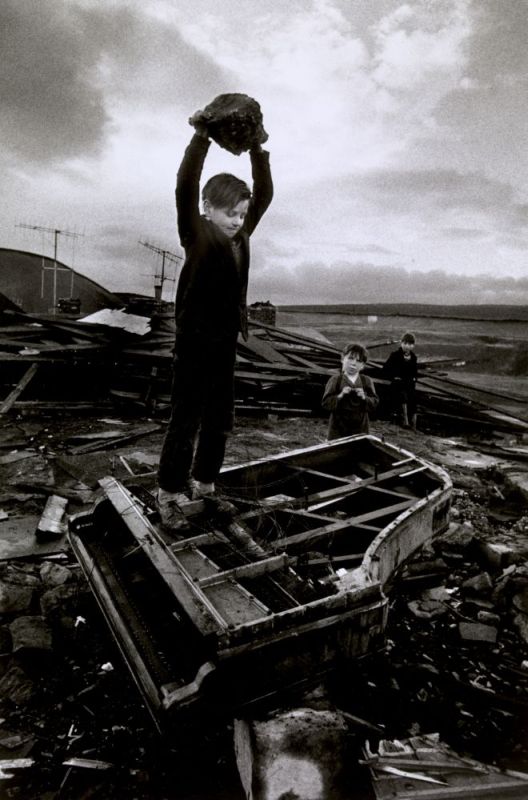
The vocation of every photojournalist pushes them to deliver images with a high level of transparency and objectiveness regarding topics that matter to a broad number of people (locally or worldwide). The photographic democracy we inhabit today gives us access to an endless amount of visual content, which is fine. But these are images with meaning and intent – ones that could actually trigger people into making some lasting change.
Photojournalism shouldn't be underestimated simply because we all have immediate substitutes for information via social media platforms and viral content. Award-winning images like the ones above truly stick in our brains and soul. Photojournalists have the guts to not only put their lives at risk to capture and deliver the news objectively; they also use aesthetic criteria to compose and expose to deliver high-quality images that will communicate the right message in the best possible way.
The World Press Photo is famous for honoring photographers whose visual creativity and skills result in pictures that capture or represent events or issues of great journalistic importance. The organization truly believes in the power of showcasing high-quality visual stories and has worked passionately to build the needed infrastructure for accomplishing this objective. Every story shown by the World Press Photo Foundation has the common denominator of being able to make people stop, feel, think and even act. They encourage a diverse, global group of photographers to say something about situations that matter. Their philosophy goes beyond mere image ratings – the foundation also aims to educate the profession and the general public and encourage debate and action.



